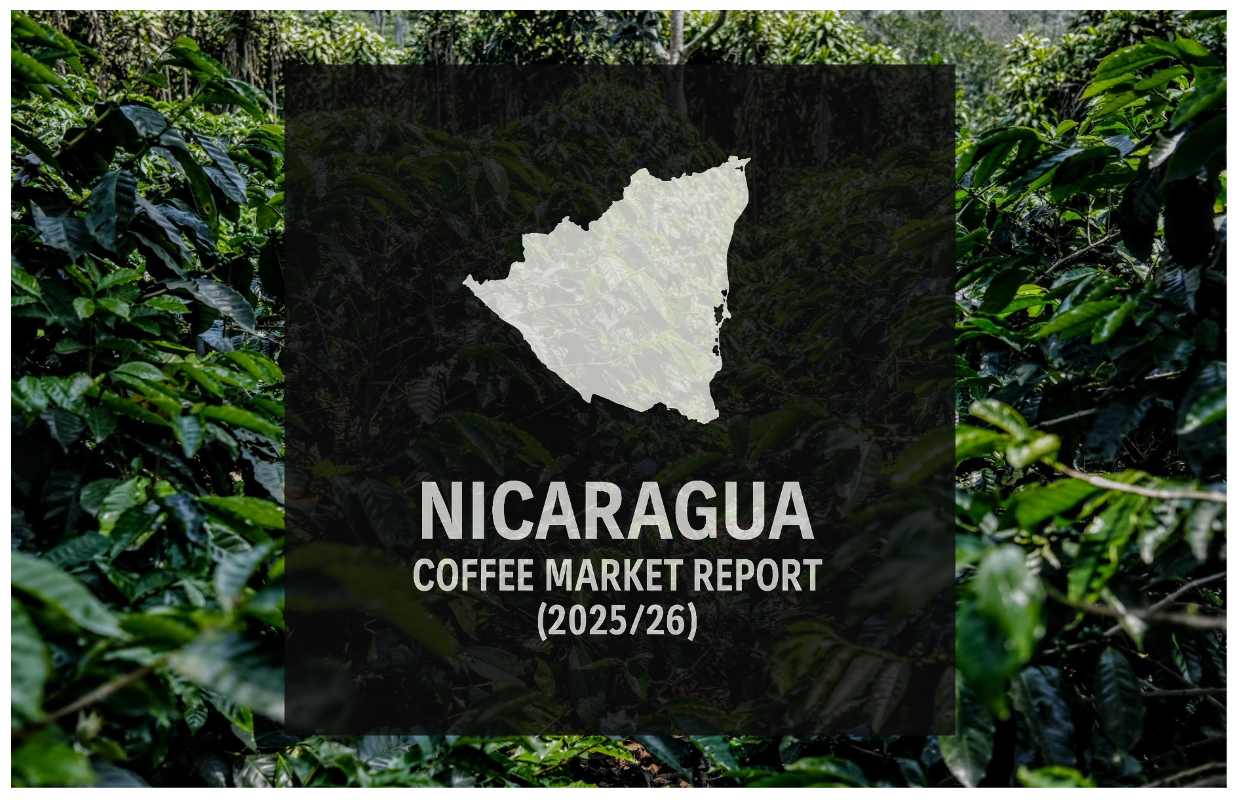The Impact of Climate Change on Coffee Prices

The Impact of Climate Change on Coffee Prices
Understanding Coffee’s Vulnerability
Coffee production is not merely an agricultural process; it is a delicate interplay of climate conditions that dictate yields, quality, and ultimately the market price. Coffee plants thrive in specific climatic conditions, primarily found in tropical and subtropical regions. As climate change progresses, these zones are increasingly threatened, leading to significant implications for coffee prices.
Temperature Changes and Coffee Quality
Experts agree that even a slight rise in temperature can negatively affect coffee plants. Arabica, which constitutes about 60-70% of global coffee production, is particularly sensitive to heat stress. High temperatures can lead to reduced bean quality, while also triggering pest infestations and diseases like coffee leaf rust. These factors contribute to lower yield and quality, which in turn affect the market prices, as inferior quality beans are less desirable.
Altered Rainfall Patterns
Climate change is reshaping precipitation patterns, with some regions facing drought while others experience excessive rainfall. Coffee plants require a delicate balance of rain to thrive. Inadequate rainfall leads to lower yields and reduced bean sizes, while excessive rain can cause flooding and increased fungal diseases. For instance, drought conditions in key coffee-producing regions like Brazil can lead to historical price spikes, as farmers struggle to meet demand.
Pest and Disease Outbreaks
Rising temperatures have created a more favorable environment for pests and diseases, which can devastate coffee crops. The coffee borer beetle, for example, thrives in warmer climates and poses a significant threat to yields. As farmers spend more on pest control, profits shrink, further pushing the prices of coffee upwards. Studies indicate that coffee prices can rise by as much as 30% following pest invasion, highlighting the direct correlation between climate-induced pest problems and market fluctuations.
Regional Disparities
Geographically, different regions react differently to climate change. Traditionally strong coffee-growing areas may become less viable, shifted to regions that have not previously been associated with coffee cultivation. For example, areas in Colombia have already shifted their coffee-growing altitudes due to rising temperatures. This transition often entails a learning curve for farmers in new regions, resulting in temporarily reduced yields and higher prices as the market adjusts.
Global Supply Chain Disruptions
Climate change is also a critical factor affecting the global supply chain. As production becomes more unstable, the reliability of supply declines. Price volatility can lead to a less predictable economic landscape for both farmers and consumers. The coffee market operates on contracts and futures trading, and unpredictable yield due to climatic variability may lead to increased speculation, exacerbating price spikes.
Economic Impact on Small Farmers
Smallholder coffee farmers, who account for a significant portion of global coffee production, are often hit hardest by climate change. With limited resources, these farmers struggle to adapt to new environmental realities. Increased costs for fertilizers, pest control, and irrigation can drive small producers out of business, reducing overall global coffee supply and pushing prices even higher.
Consumer Demand and Price Elasticity
As climate change begins to impact coffee availability, consumer demand remains robust, keeping coffee a staple beverage worldwide. The inelastic nature of coffee demand means that consumers are often willing to pay higher prices to maintain their habit. However, when prices climb too high, some coffee drinkers will seek alternatives. A significant switch to substitutes could redefine market dynamics, directly impacting future coffee prices.
Mitigation and Sustainability Efforts
In response to these challenges, the coffee industry has begun to adopt more sustainable practices. Farmers are increasingly turning to shade-grown coffee, agroforestry, and organic farming techniques to bolster resilience against climate impacts. These methods can help stabilize production and protect ecosystems, but they also come with higher upfront costs, which can lead to increased prices in the short term.
The Role of Technology
Advancements in agricultural technology play a crucial role in mitigating the effects of climate change on coffee prices. Precision agriculture and climate-resilient coffee varieties can help farmers adapt to changing conditions. Investment in these technologies requires capital, which many smallholder farmers lack. However, cooperatives and fair trade organizations are working to provide support, aiming to stabilize prices through better production practices.
Conclusion
The economic landscape for coffee is inextricably linked to the unfolding impacts of climate change. As temperatures rise, precipitation patterns shift, and pests proliferate, the effects ripple throughout the coffee supply chain. The intricacies of this relationship underscore the need for immediate action in both agricultural practices and consumer awareness. The future of coffee prices hangs in the balance, influenced by climate, adaptation strategies, and global demand patterns. Amid these changes, the coffee industry must innovate and adapt to ensure its sustainability in an increasingly volatile climate.










